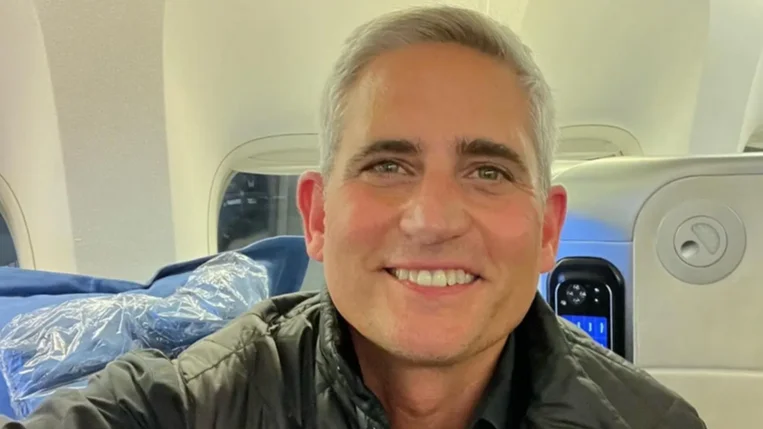Travel between the East Coast of North America and Europe usually spans six to eight hours. However, in 1996, a Concorde flight from New York JFK Airport to London Heathrow Airport completed the journey in just two hours and 52 minutes thanks to strong tailwinds. On February 7, 1996, British Airways celebrated a significant milestone when Captain Leslie Scott and First Officer Tim Orchard flew this record-breaking flight.
The aircraft, registered as G-BOAD, reached an average speed of approximately 1,250 miles per hour and achieved a top speed of Mach 2.0. The flight, verified by Guinness World Records, marked its departure from New York at 14:30 and arrived in London at 17:23 local time. The flight relied on careful planning and coordination with air traffic control to ensure no delays.
As the plane approached London, a unique request was made for the Concorde to land facing east. Initially, air traffic control was hesitant, but given the fast time operation, they granted permission. The flight landed successfully, making aviation history as the quickest transatlantic journey.
 Alerts Sign-up
Alerts Sign-up







